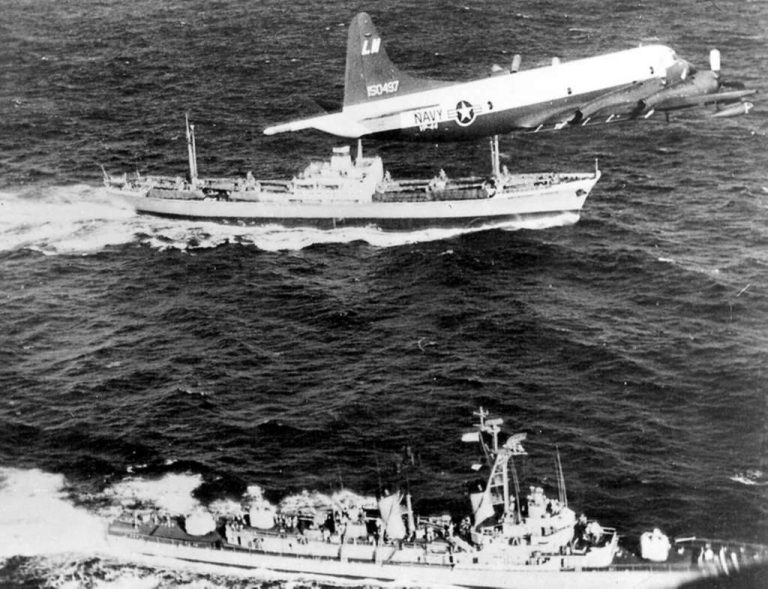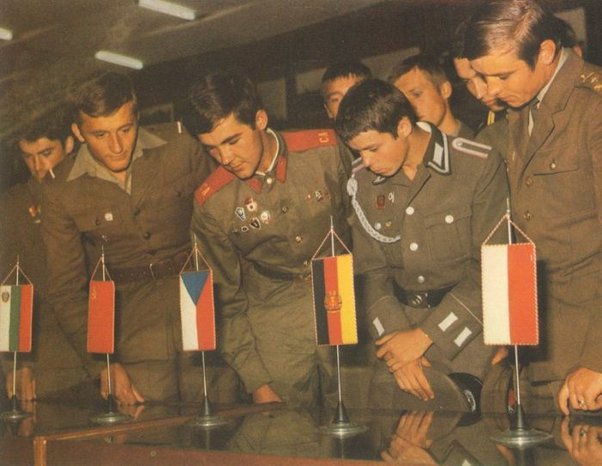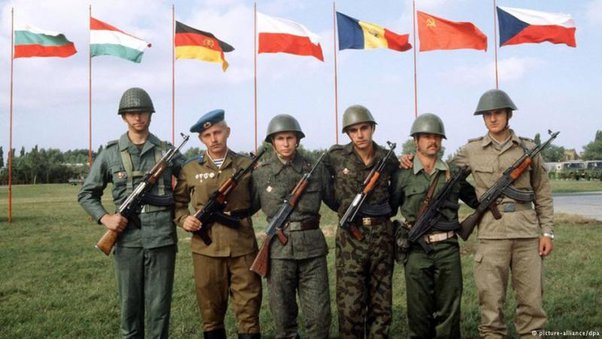
The pact, which consisted of the Soviet Union and seven of its satellite states, was a formidable military force. It was Russia’s response to NATO. Its primary purpose was to deter any Western aggression against the Soviet bloc, and it served as a crucial component of Soviet foreign policy.
New York, N.Y. The Warsaw Pact, a military alliance formed in 1955, has always held a powerful grip on my imagination. It was born out of fear and distrust, a direct response to NATO’s expansion, and ultimately became a defining feature of the Cold War. I see it not just as a historical footnote but as a living entity, a force that continues to shape the political landscape of the world today.

The pact, which consisted of the Soviet Union and seven of its satellite states, was a formidable military force. Its primary purpose was to deter any Western aggression against the Soviet bloc, and it served as a crucial component of Soviet foreign policy. But beyond its military might, the Warsaw Pact represented a profound ideological struggle. It was a symbol of Soviet power and influence, and it reinforced the perception of a divided world, locked in a perpetual ideological battle.
While the Warsaw Pact officially dissolved in 1991, its legacy remains deeply intertwined with the complexities of our modern world. The tensions and anxieties that fueled its creation still resonate, particularly in the post-Cold War era. The rise of new geopolitical tensions, the resurgence of nationalism, and the competition for global influence all bear the imprint of the Cold War and its legacy, including the Warsaw Pact.
The pact also serves as a reminder of the fragility of peace and the ever-present potential for conflict. The Cold War was a period of immense fear and uncertainty, and the Warsaw Pact’s existence played a key role in shaping that atmosphere. It’s crucial to remember this history, not to dwell on the past, but to learn from it. We must acknowledge the role of fear and mistrust in fueling conflict and work towards building a more cooperative and interconnected world.
The Warsaw Pact, however, was not simply a monolith of Soviet domination.
It was a complex entity comprised of diverse nations, each with its own b. While the pact was certainly influenced by Soviet interests, it also reflected the anxieties and aspirations of the countries within it. The desire for security, the fear of Western intervention, and the shared experience of Soviet influence all played a role in shaping the pact’s dynamics.

As we look back at the Warsaw Pact, we find ourselves drawn to the stories of ordinary people who lived under its shadow. I’m interested in understanding their experiences, their hopes, their fears, and their perspectives on the pact’s role in their lives. The Warsaw Pact was not just a military alliance; it was a social and cultural phenomenon that deeply impacted the lives of millions of people. It’s important to remember their stories, their struggles, and their triumphs.
The Warsaw Pact represents a critical chapter in human history. It was a defining moment in the Cold War and a testament to the complexities of international relations. As we continue to navigate a world shaped by the legacy of the Cold War, understanding the Warsaw Pact’s role and its impact on our present is essential.
The Warsaw Pact: A Cold War Legacy Still Resonating Today (July 15, 2014)